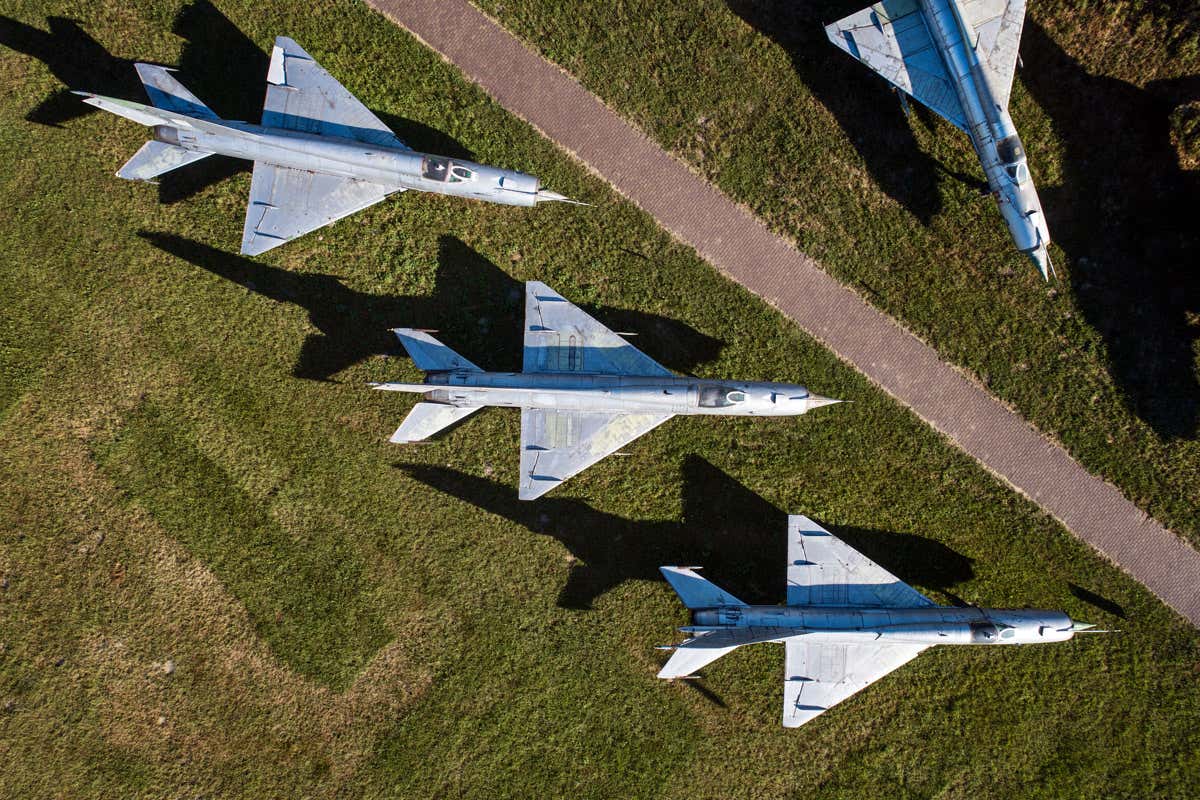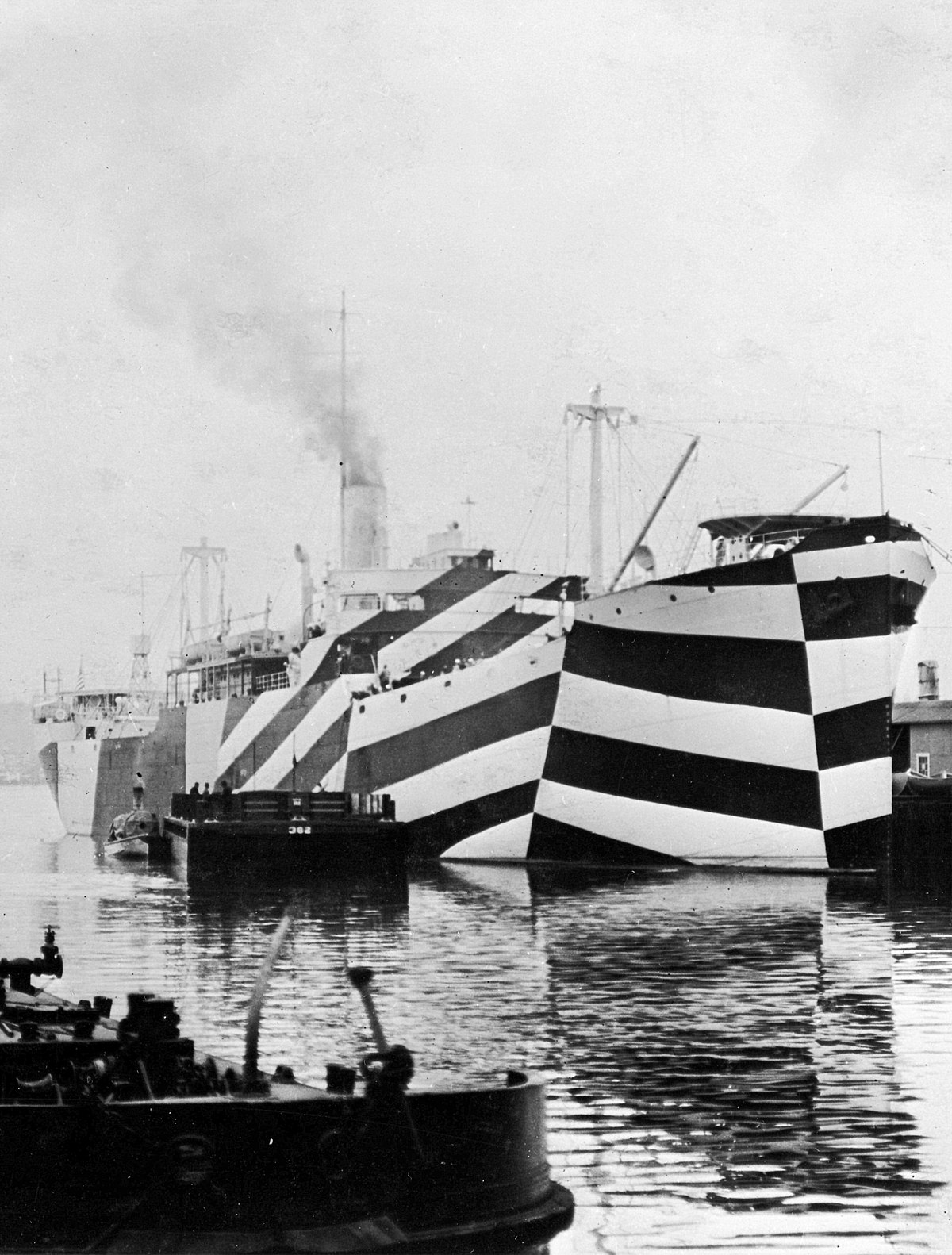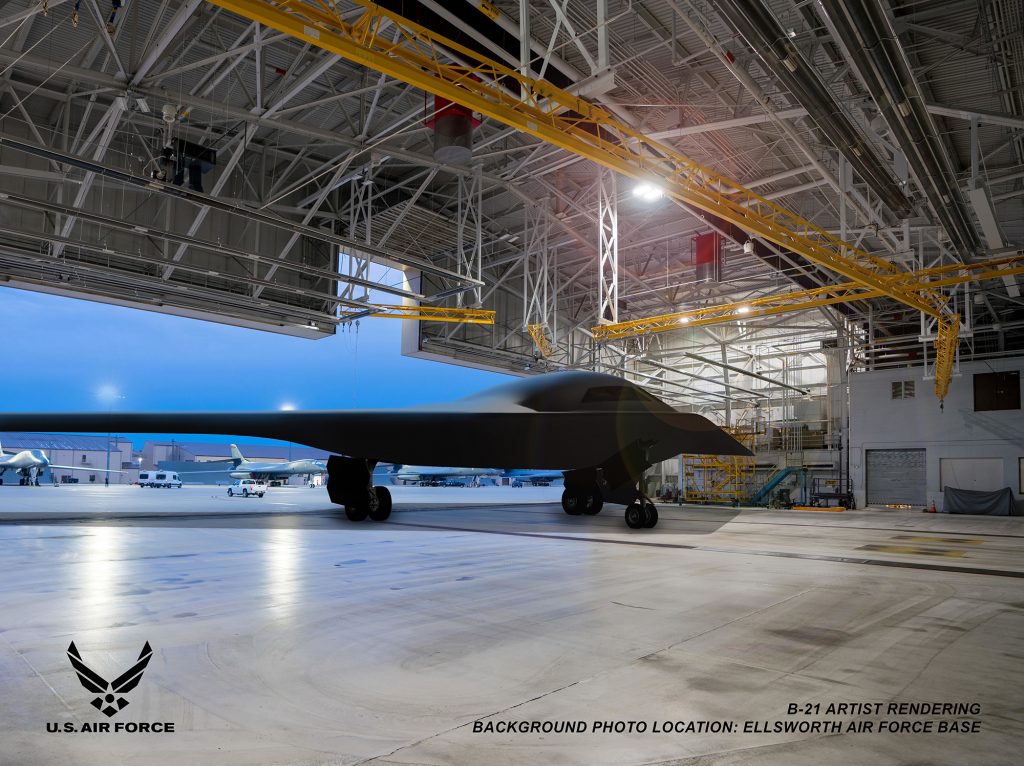Bhurki
ACCESS: Secret
- Joined
- 16 July 2020
- Messages
- 345
- Reaction score
- 382
If its oscillating between IOC and FOC, then its certainly IOC at the very least.Oscillating between IOC and FOC dates.
If its oscillating between IOC and FOC, then its certainly IOC at the very least.Oscillating between IOC and FOC dates.
If its oscillating between IOC and FOC, then its certainly IOC at the very least.Oscillating between IOC and FOC dates.
I think we have lots of big shelves.If first flight in is scheduled inside the next couple years, it seems to be IOC would occur well before 2030. The December 2021 first flight date was always optimistic, but I assume it won't take more than an extra year or two given the comments on the program. It looks like the B-21 is being built rather pragmatically with tech off the shelf, much like FFG(X).
Honestly, when it comes to stealth bombers, isn't it a pretty deep shelf for the US? The US is about three generations deep into low RCS designs.I think we have lots of big shelves.If first flight in is scheduled inside the next couple years, it seems to be IOC would occur well before 2030. The December 2021 first flight date was always optimistic, but I assume it won't take more than an extra year or two given the comments on the program. It looks like the B-21 is being built rather pragmatically with tech off the shelf, much like FFG(X).
Spirit is already visually stealthy. I've seen at airshow events as is flies off and becomes a narrow sliver that melts into the sky. If you're talking about luminescent panels I hope its not a future hangar queen that can't survive a half dozen rain stormsStand by for visual stealth!
If its oscillating between IOC and FOC, then its certainly IOC at the very least.Oscillating between IOC and FOC dates.
He wasn't even clear when his dates were rooted. I looked through the transcripts and it's incredibly unclear.
If you have timestamps of interest let me know.
If your thinking very short range then you would use panels. I'm thinking small powerful emitters embedded in the skin or popups to obscure it from EO sensors.If you're talking about luminescent panels I hope its not a future hangar queen that can't survive a half dozen rain storms
Thinking left field here, cephalopods use their abilities not only to hide, but to confuse. Towards the end of this TED talk, marine biologist Roger Hanlon looks at biomimetic design applying cephalopod techniques to clothing - but a smart skin could be applied to an aircraft to hide from or confuse EO, as well as old-fashioned eyeballs.If your thinking very short range then you would use panels. I'm thinking small powerful emitters embedded in the skin or popups to obscure it from EO sensors.




Spirit is already visually stealthy. I've seen at airshow events as is flies off and becomes a narrow sliver that melts into the sky. If you're talking about luminescent panels I hope its not a future hangar queen that can't survive a half dozen rain stormsStand by for visual stealth!
Spirit is already visually stealthy. I've seen at airshow events as is flies off and becomes a narrow sliver that melts into the sky. If you're talking about luminescent panels I hope its not a future hangar queen that can't survive a half dozen rain stormsStand by for visual stealth!
It isn't necessarily visual stealth as much as a very small profile head on. Back in the day I was on a 135 serving as a radar target and it was amazing how it would just appear out of nowhere, and we were using TCAS to know where to look. The only chance you'll get for visually spotting it is to get some parallax to see it from above or below.

220? I honestly didn't expect that high and am doubtful it ever will.
220? I honestly didn't expect that high and am doubtful it ever will.
Have they released any kind of schedule? I thought the production rate was to be rather slow, relatively speaking. I thought they'd be producing through the early 2030s.
Have they released any kind of schedule? I thought the production rate was to be rather slow, relatively speaking.
B-21 And Fighters Prepare For Disruptive Software-led Change | Aviation Week Network
U.S. Air Force thinks a software development shift will drive combat aircraft advances and change the defense industry business model.aviationweek.com
A recipe for yet more disaster?
220? I honestly didn't expect that high and am doubtful it ever will.
I hope that the USAF stick to the 220 figure and do not cut the number.
History now that is being referenced should be from 1970s era rather than 1990-2000 era since that is size of the threat thats emanating potentially from combined growth of military capabilities of peer adversaries.220? I honestly didn't expect that high and am doubtful it ever will.
I hope that the USAF stick to the 220 figure and do not cut the number.
What history has showed us.
You can take that prospect of planned total produced figure, then divide that by 2... then divide that by 2 again.
And by then we should be close to the reality.
Note that that 220 figure is the total number of bombers, not the number of B-21's to be produced.
The planning is to build 100 B-21's.
The other 120 should then be existing B-52's, existing F-15E's, et cetera.
And I don't think they will actually retire the B-2's , and maybe not even all B-1's, espicially not if it turns out that the B-21 is going to be much more costly than planned (as is usually the case) and therefor less than 100 will be built.
B-21 And Fighters Prepare For Disruptive Software-led Change | Aviation Week Network
U.S. Air Force thinks a software development shift will drive combat aircraft advances and change the defense industry business model.aviationweek.com
A recipe for yet more disaster?
What do you view as problematic?
Please elaborate on the meaning of " WRT the pacific anyway. "Too little too late? c
B-21 And Fighters Prepare For Disruptive Software-led Change | Aviation Week Network
U.S. Air Force thinks a software development shift will drive combat aircraft advances and change the defense industry business model.aviationweek.com
A recipe for yet more disaster?
What do you view as problematic?
Open Source software / architecture has been more than a bit of a disappointment, not to mention that it is a security nightmare at the best of times. And these are far from the best of times.

